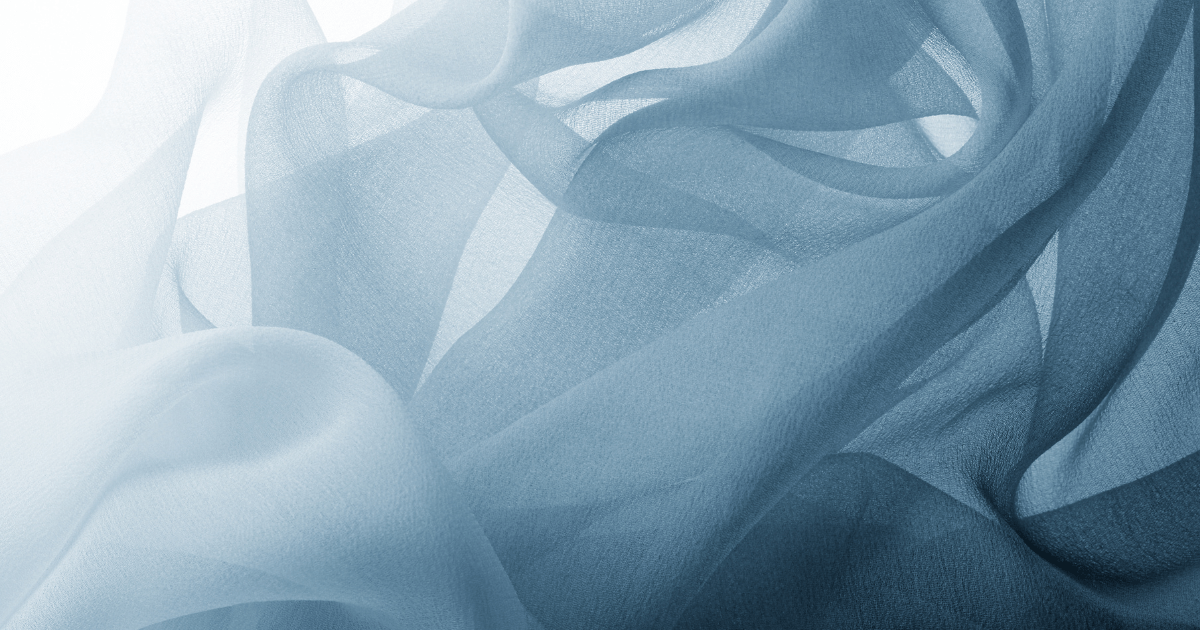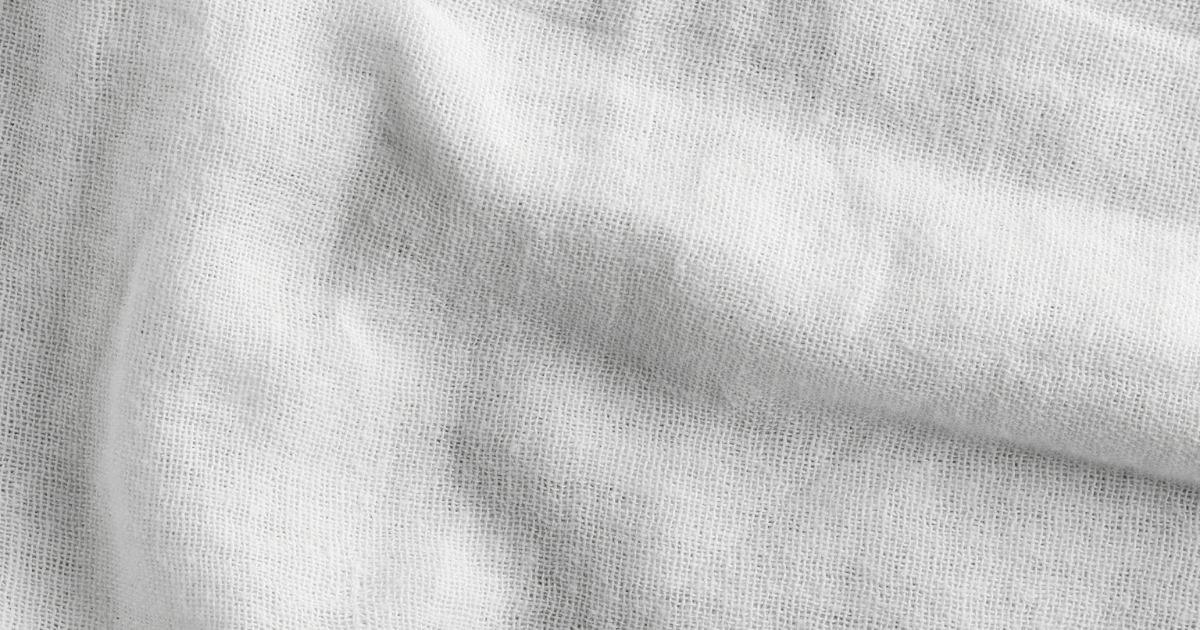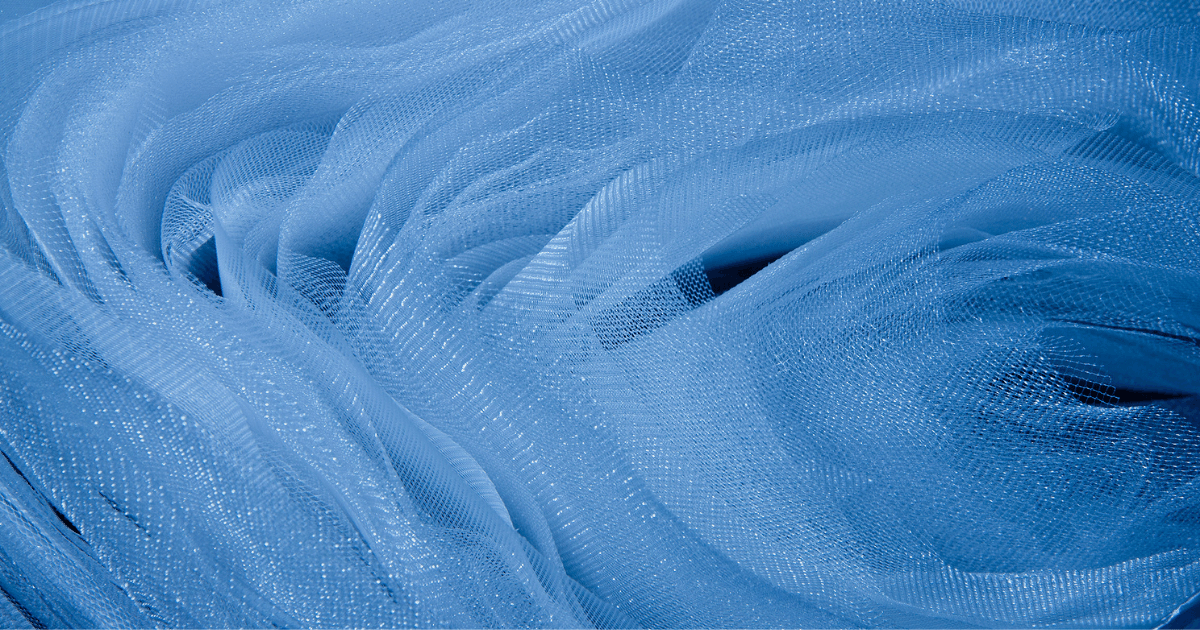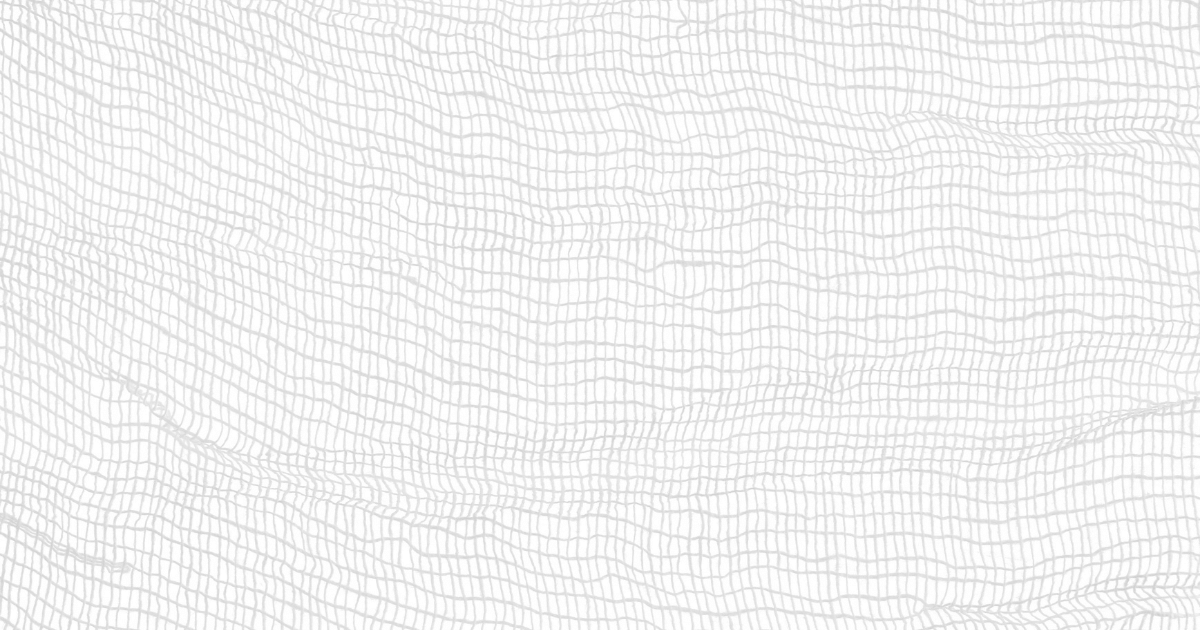Sheer fabric is a very thin fabric and is easy to see through. It is usually used as a thin layer over another fabric.
Although all sheer fabrics are transparent, not all sheer fabric kinds are translucent. You can see through transparent materials, but translucent fabrics let light through with much diffusion or distortion.
Fashion experts highlight sheer fabric since it is lightweight and offers many advantages. Because it is simple to maintain, widely accessible, and flattering in any design, sheer fabric is preferred by many manufacturers and customers.
What is Sheer Fabric?

Any form of translucent or sheer cloth is considered to be sheer fabric. As opposed to opaque materials, the sheer fabric does not obscure your figure from view nor provides much shielding from the elements.
Sheer fabric is widely used in various clothing materials and is available in a wide range of hues, white, and shades of white, including cream, winter white, and ivory.
Sheer fabric can be synthetic (like nylon) or natural (like Silk or cotton). They are lightweight and easily paired with opaque materials and textiles, providing you with countless options for fashionable outfits.
You’ll commonly see Sheer fabric applications in various types of clothing, such as in bridal gowns and formal costumes, as well as in items like stockings or tights, dancewear, and lingerie.
If a blouse is made of sheer fabric, you will need to find a tank top or something to wear under the sheer fabric due to its see-through property.
Because sheer fabric for clothes provides so little insulation for the wearer, it is frequently worn in warm weather, and the fabric usually provides only modest protection from the sun.
The numerical denier scale, which goes from 3 (very thin) through 15 (regular sheer) through to 30 (semi-opaque) to 100, describes the degree of the sheerness of a fabric.
They are frequently used in homes and offices, bedrooms, and kitchen windows, and instead of being stretched out flat, they are typically bundled together to form billows.
How is Sheer Fabric Made?
Typically, the fibers from which various materials are formed will determine how they feel to the touch.
For materials like sheer fabric, the creation of the material involves a fine thread and a low thickness of knitting, which results in a fragile, semi-transparent, or translucent cloth.
As I mentioned earlier, a fabric’s sheerness is measured in numerical denier units ranging from figures as small as 3 to 100. So, it’s fair to say that sheer fabric measures up from 15-20 deniers.
If you want to distinguish between sheer materials, take a small light and set it on the side of the cloth to see it from the opposite side. You can determine whether a cloth is transparent, translucent, or sheer by how much light it lets through.
Different types of sheer fabric are produced based on the type of weave that’s peculiar to them. These weaves often leave small spaces that allow a translucent layer to pass light through them, depending on the number of layers in the fabric.
The translucent material usually has linings added to it. With this technique, you may achieve a sheer appearance without showing too much of the underlying fabric.
Additionally, you can fold sheer textiles to give them an opaque appearance while maintaining decency.
A Brief History of Sheer Fabric
Wrap-over dresses, with front upper closure and one side wrapping over the other, were usually produced from sheer fabric. They were prevalent in the 1780s, and actresses who played Oriental parts occasionally wore them.
Then came neoclassical gowns, which were popular in the late 18th century. They were constructed of light, translucent muslin.
Transparent textiles were frequently used in women’s gowns during the 19th century, especially those intended for summer or nighttime use. These dresses were always lined or put on over an underdress to protect the wearer’s modesty.
Later in the 1960s, see-through clothing became quite fashionable. Since 2006, sheer materials of all kinds have been prominently displayed on high-fashion runways and have remained accessible for various apparel styles.
The “sheer fashion trend,” which has dominated the fashion sphere since 2008, was brought on by the widespread usage of sheer textiles in designer clothing.
Most Common Types of Sheer Fabrics
The different types of sheer or see-through fabrics you’ll commonly see include:
- Chiffon Fabric

Chiffon has a natural plant-based covering on one side and is formed from silk strands. It is a method of weaving that yields a thin, delicate fabric that feels slippery when touched.
Each thread in the fabric undergoes the crepe twist process, which involves twisting the thread clockwise and counterclockwise to give the fabric a distinctive puckered feel and strengthen it.
- Georgette Fabric

The name Georgette was inspired by French fashion icon Georgette de la Plante. The fabric resembles Chiffon in texture and has slubs from manufacturing that make it appear with an uneven surface.
However, fabric types like tulle are more delicately woven than either. Georgette fabric is less translucent, possesses a crepe-like texture, and offers an excellent finish. That’s why many dresses frequently employ it. Because the silk strands are twisted in a certain way to create fewer holes, this delicate fabric is unique and exquisite.
- Muslin Fabric

Muslin is among the most often used varieties of sheer cloth. Classic muslin is usually produced from cotton fibers.
Muslin fabric is a translucent fabric made from cotton threads woven loosely and clearly. This fabric is available in various densities, and the type of weaving used will determine whether it is a thick or thin weave, which often determines the sheer level of the fabric.
- Organza Fabric

Organza is a sheer fabric material composed of fabrics like nylon and polyester. Also, cotton strands that have been tightly woven together and chemically treated to create a sturdy yet delicate surface make up the majority of organza fabric construction.
The texture of the organza is thin, and the threads are finely spaced. Given its crisp, silky, and stiff qualities, organza is frequently used in many luxury clothing and wedding gowns.
- Lace Fabric

Due to its widespread use in varied designs and delicate thread patterns, lace is a popular sheer fabric. Due to the wide spaces between the threads, this translucent fabric is only partially transparent.
Cotton, rayon, and viscose are some materials used nowadays to make lace. In addition to being used for clothes and home design, the fabric also has got decorative applications.
- Tulle Fabric

Tulle fabric is a type of sheer fabric produced using natural and synthetic fibers such as Silk, cotton, rayon, nylon, polyester, and viscose. It is a transparent net utilized in veils, layered skirts, and dresses.
Due to the way it is woven, this material is also known as bobbinet. Hexagonal weaving of the threads produces a distinctive and durable textile. This thin material has a variety of applications, including ballerina tutus and bridal veils.
- Gauze Fabric

Gauze is a sheer fabric commonly produced from cotton, Silk, wool, and polyester. This sturdy, thin cloth has good draping ability. Different fashion designers use this material for the Leno weaving method, which combines filler threads with standard over-under threads.
Cotton gauze is the most extensively used type since it has many medical applications.
What’s The Average Cost Of Sheer Fabric Per Yard
Numerous factors affect the price of cloth. In general, sheer fabric depends on the fabric’s kind and quality. The price of sheer fabric is also affected by elements like fabric weight, fiber type, pattern, etc. Mixed fibers of sheer fabric might also contribute to its cost.
Sheer fabric types like Chiffon ranges from $7 to $9 per yard. Organza fabrics may cost up to $14 per yard, while tulle and gauze fabrics range from $5-17 per yard.
When cut and sewed with care, those made of natural fibers are typically more expensive, while those manufactured of fibers like polyester or nylon can frequently look more affordable.
Sheer Fabric Uses And Applications
Sheer fabric has uses other than that of clothing. Such applications of sheer fabric include;
- Curtains and drapery
Curtains mainly allow light into the house while keeping seclusion. Some curtains made of sheer fabric types like Georgette and Chiffon maintain the attractiveness of your space while retaining all of the day’s sunlight.
- Women’s Clothing
Wedding dresses and formal attire are perfect occasions for sheer fabric application. For constructing evening gowns, bridal attire, and party decorations for any occasion, particularly weddings, organza, and tulle fabric are often used
- Dancing attire and leggings
Leggings or stockings made of sheer fabric are also good options, and they look good wearing tutus and other dancewear. Finally, sheer fabrics make excellent lingerie and nightwear, ballerina dresses, etc.
- Medical textiles
Sheer fabric types like gauze materials are used in the medical field for producing nets and bandaging materials for dressing wounds.
Sheer Fabric Care And Maintenance Tips
It will be simpler if you know how to launder different fabric types. Since washing and laundering your clothes is a constant necessity, it’s better to follow laid-down instructions on properly caring for your clothing.
- While washing sheer dresses, you should also exercise a little caution. These clothing will last longer if they are given the proper maintenance.
- Chiffon and other sheer dresses occasionally require the assistance of a professional cleaner. An expert can remove the most severe stains on garments. I recommend this so that your sheer fabric dress is not damaged.
- While some sheer fabrics can’t be washed, you can iron them if you observe the manufacturer’s instructions. The selected fabrics will determine whether you can gently press them so that ironing will be a gentle and careful process.
- It might be necessary to stretch Organza fabric across an ironing board or clothing hanger with rounded edges. This process will prevent wrinkles. I’ll recommend you iron your sheer fabric on a silk or wool setting,
- Items made of Chiffon, including skirts and dresses, can be hung on a hanger, but be careful with the clips because they might leave scratches on the fabric. You can also use a breathable cotton hanging bag.
